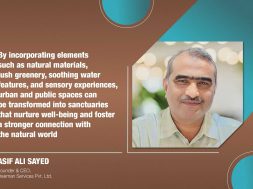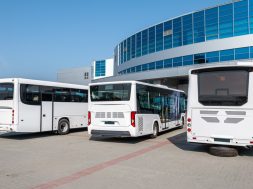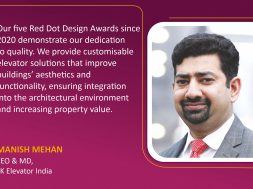Revitalise urban spaces with biophilic design
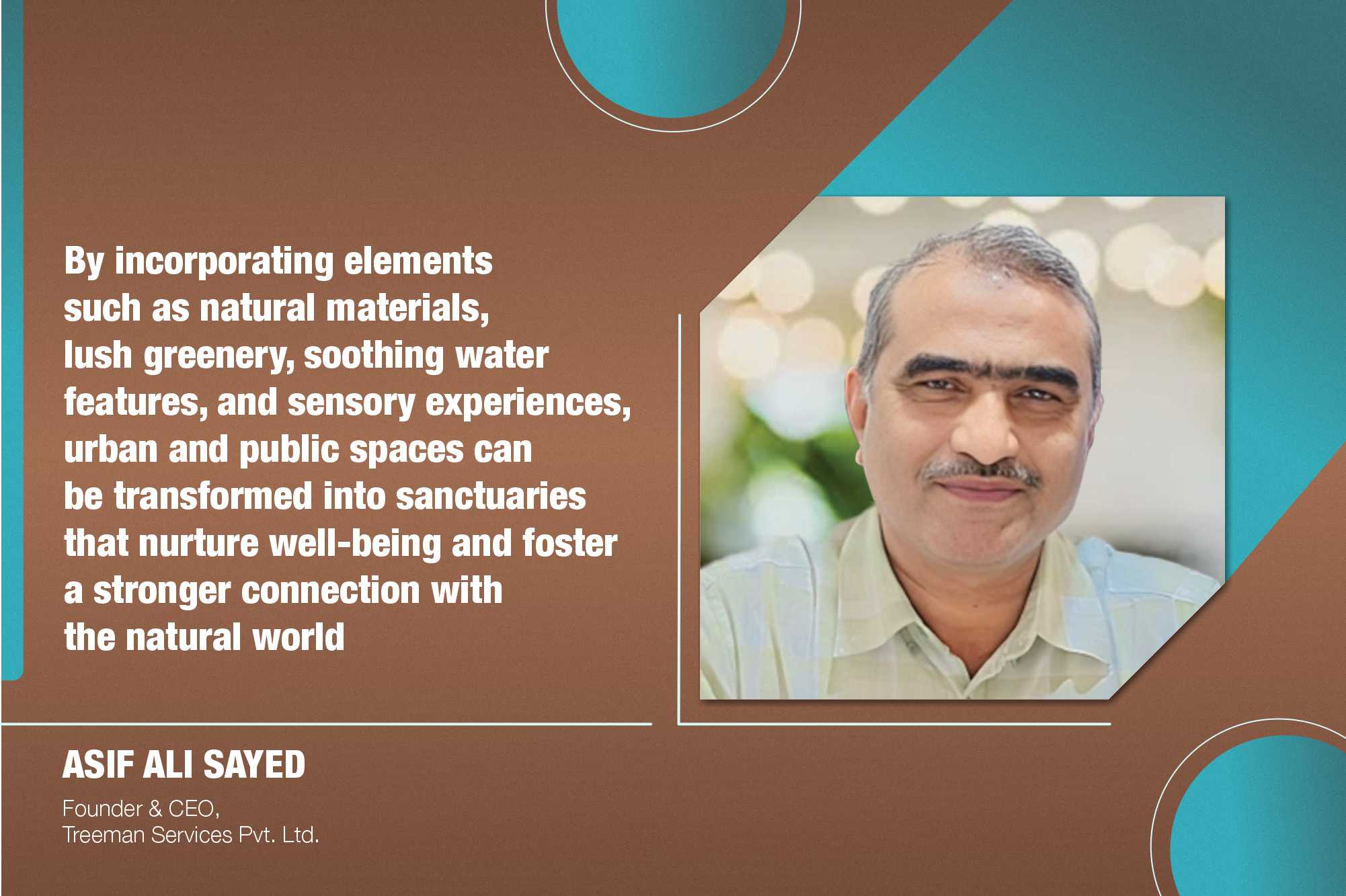
“By incorporating elements such as natural materials, lush greenery, soothing water features, and sensory experiences, urban and public spaces can be transformed into sanctuaries that nurture well-being and foster a stronger connection with the natural world.” Asif Ali Sayed, Founder & CEO, Treeman Services Pvt Ltd
This discussion delves into the pursuit of creating a vibrant, healthy urban environment and how biophilic design principles have emerged as a powerful tool to bridge the gap between people and nature.
What core principles or philosophies shape your approach to landscape architecture, and how are these principles reflected in your design projects?
Sustainability, functionality, aesthetics, and cultural sensitivity shape my landscape architecture approach. I prioritise eco-friendly practices like native plants and water conservation, ensure practical and user-friendly designs, create visually appealing spaces that blend with their surroundings, and incorporate local cultural elements to enhance community connection.

How do you integrate sustainability principles into your landscape designs to minimise environmental impact and promote ecological resilience?
I concentrate on maintaining natural features, implementing effective water management with rainwater harvesting and drought-resistant plants, choosing native and diverse plant species, enhancing soil health with compost, and utilising recycled or local materials to integrate sustainability into landscape designs and enhance ecological resilience. In addition, I prioritise energy efficiency by using efficient lighting and shade trees, as well as by creating wildlife habitats, implementing organic maintenance techniques, and including the community in the process of building for climate adaptation. When combined, these tactics reduce their negative effects on the environment and promote healthy ecosystems.
How has technology influenced your practice of landscape architecture, from design conceptualisation to project management and implementation?
Thanks to technological advancements, landscape architecture has undergone a revolution. CAD software makes precise drafting possible, while realistic project previews are provided by 3D modelling and visualisation programmes like SketchUp and Lumion. GIS supports detailed site studies, while BIM facilitates project integration and collaboration. Asana and Trello are two examples of project management software that enhance teamwork and task tracking. Drones also help with site surveys, automated watering systems improve sustainability, and VR/AR technology allows for real-time modifications and virtual walkthroughs.
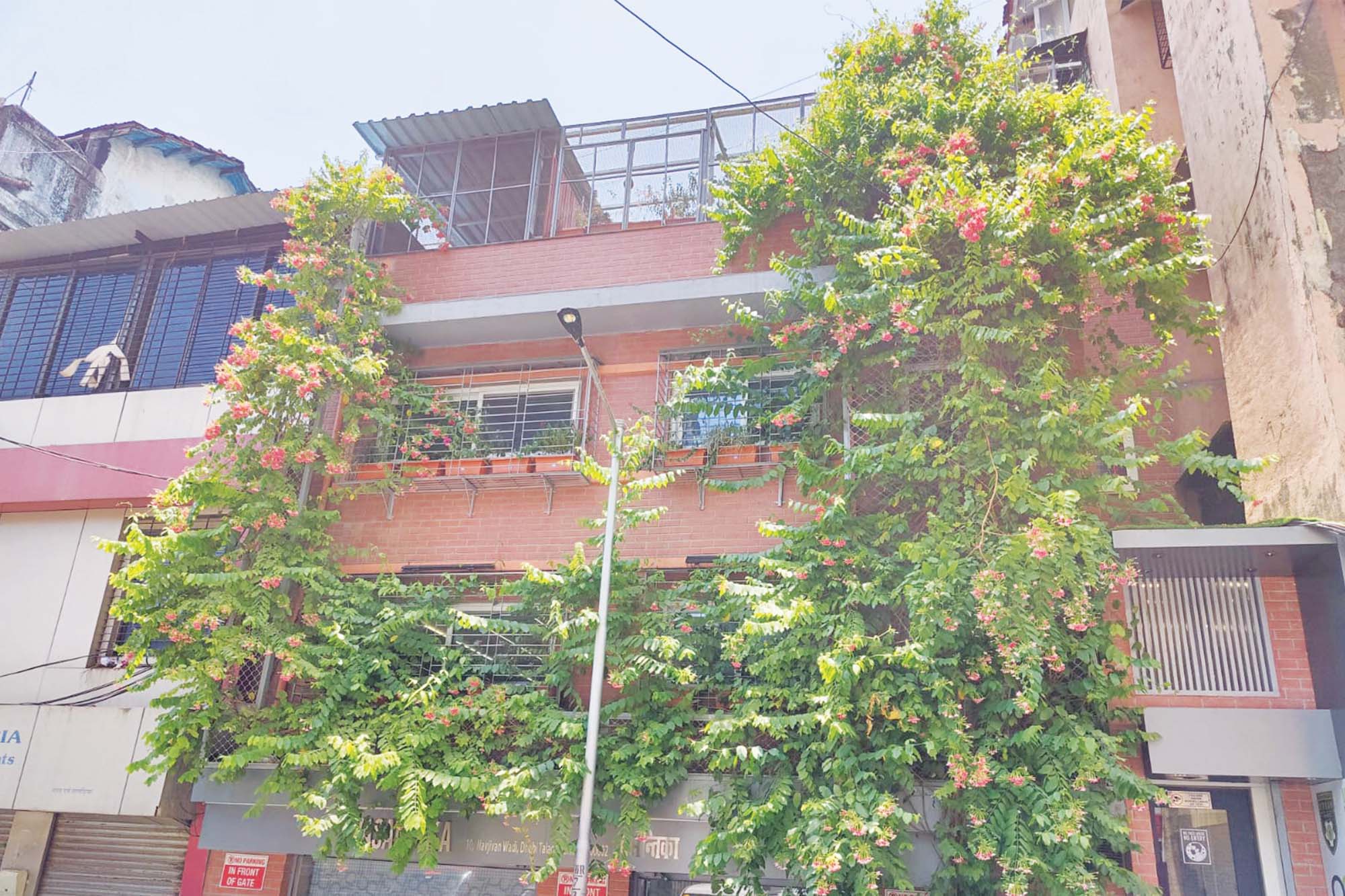
What are some of the most challenging aspects of designing landscapes, and how have you innovatively addressed these challenges in your projects?
Designing landscapes presents challenges such as understanding site conditions, incorporating sustainability, balancing client desires with practical needs, managing water efficiently, and adhering to budget constraints. I address these issues by using GIS and 3D modelling for detailed site analysis, implementing rain gardens and green roofs for eco-friendliness, utilising interactive design software for client collaboration, integrating smart irrigation and permeable paving for water management, and employing phased implementation with cost-effective materials to stay within budget.
How do you incorporate biophilic design principles to enhance human well-being and connection with nature in urban and public spaces?
Using natural materials like wood and stone, incorporating greenery through plants and green walls, adding water features like fountains and ponds, supporting local wildlife with bird-friendly habitats, stimulating the senses with textured surfaces and aromatic plants, and involving the community in design and maintenance for greater sustainability and ownership are all ways that I incorporate biophilic design to enhance well-being and connection with nature in urban and public spaces.
For more details , Visit : https://treemanservices.in/
Cookie Consent
We use cookies to personalize your experience. By continuing to visit this website you agree to our Terms & Conditions, Privacy Policy and Cookie Policy.
